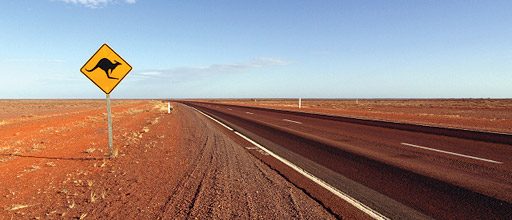
Safety inequality for young drivers in rural areas
Despite improvements in the overall rate of young driver fatalities in the last few years, findings from a new review of young driver data have shown that rural drivers and those from low socio-economic areas have continued to experience a high rate of young driver fatalities.
“We found that, between 1997 and 2007, there was an overall 5% reduction in fatality rates each year among young drivers, however this was due to a significant decline in death among urban drivers only. Rural drivers and those from a low socio-economic areas experienced a higher rate of fatalities than those from urban and high socio-economic areas, which didn’t change over time”, said researcher Dr Teresa Senserrick, The George Institute.
High posted speed limits (>90km/h), fatigue, drink driving and not wearing a seatbelt were found to be related to this constant high fatality risk for rural drivers. For young drivers from low socio-economic areas the rate of fatalities was attributed to high posted speed limits, fatigue and driving an older vehicle (>10 years).
Researchers emphasise that recent changes to young driver legislation have no doubt been a step in the right direction, but suggest that programs and policies targeting risky driving may not be reaching rural youth.
“This research highlights considerable geographic disparity among young drivers, and provides a clear and significant prevention target for policymakers. Area level interventions in rural and low socio-economic areas have the potential to reduce young driver death and should include a focus on driving behaviours, reviewing posted speed limits and education to improve vehicle choices. Such changes can also benefit all drivers, as young driver crashes also result in other road user fatalities”, Dr Senserrick added.
Researchers reviewed crash data for drivers aged 17-25, collected by the Roads and Traffic Authority (RTA in NSW, to find a total of 248,382 crashes took place between 1 January 1997 to 31 December 2007. This included 43,911 injuries and 686 fatalities. This type of review is the first of its kind in Australia.


